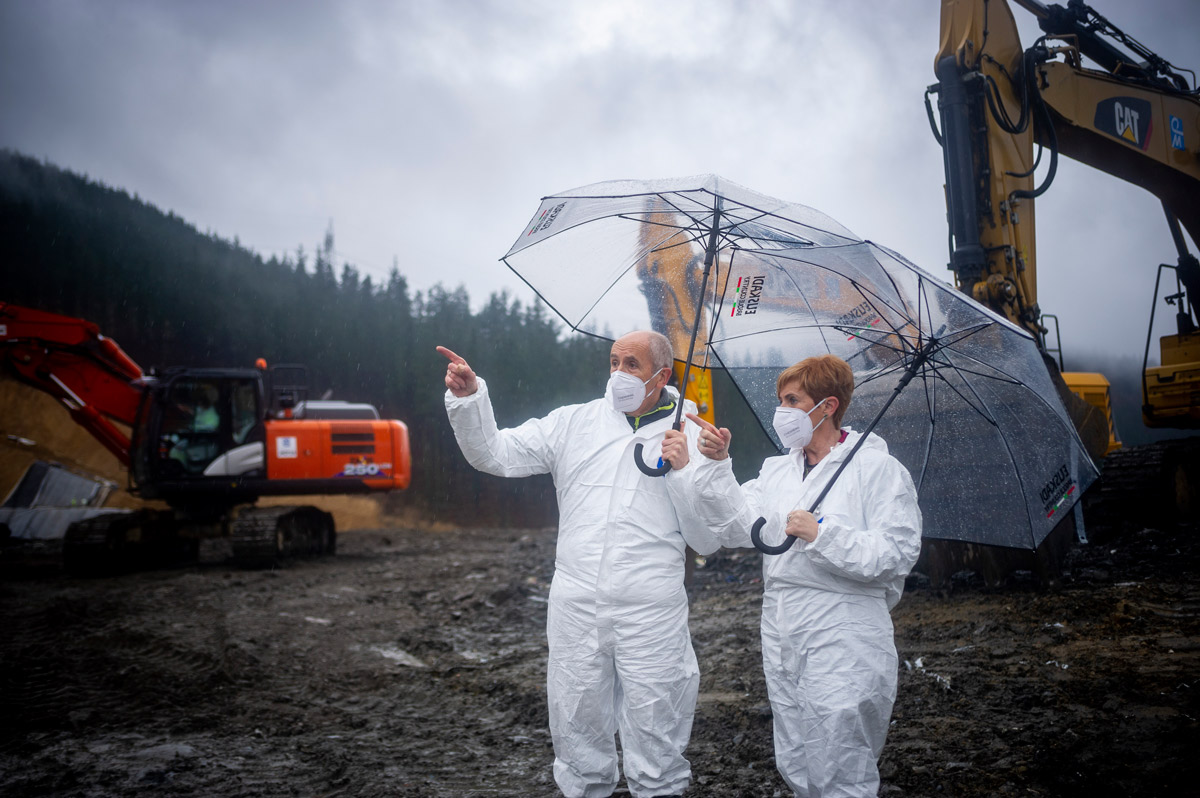Zaldibar detachment is related to the sealing characteristics of the landfill
- The Berria newspaper has published the results of two investigations aimed at clarifying the causes that have led to the collapse of Zaldibar. The expert reports requested by the Basque Government conclude that the mass of garbage exceeded the containment capacity of the installed geotextile, as explained by journalists Iñaki Petxarroman and Imanol Magro.

The sealing system is the one used to store waste and not move it. Zaldibar landfill did not use the appropriate system.
Eduardo Pérez de Agreda and Mercedes Sondon, professors of the Polytechnic University of Barcelona, have been in charge of conducting one of the two investigations. The conclusion is that the Zaldibar landfill was destabilised due to the predominance at the base of a permanent surface with low friction, i.e. due to the fact that the "soft area of HDPE fibre" installed to ensure the sealing of the residues did not bear the load of the residues. "It is possible that the cause of the rupture is the exhaustion of the tensile strength of the geotextiles and the sheet, as well as the loss of the compensatory passive stress of the foot on the slope."
The authors of the second research, Jorge Cañizal and César Sagaseta from the University of Cantabria, have also added to this conclusion. "Sealing characteristics have been shown to have a decisive influence on the resistance capacity of the landfill," he added.
Information on the sealing system and more information on landfill, in the Berria report: Failures in the landfill sealing system resulted in Zaldibar being discharged.
Visiting urban waste collection and reduction sites should be a compulsory school tour. Open a cookie pack to swallow two inner cookies and mentally construct the package surface path. The shame of human activity lies in destiny. Ultimate desolate landscape of the sins of... [+]




















